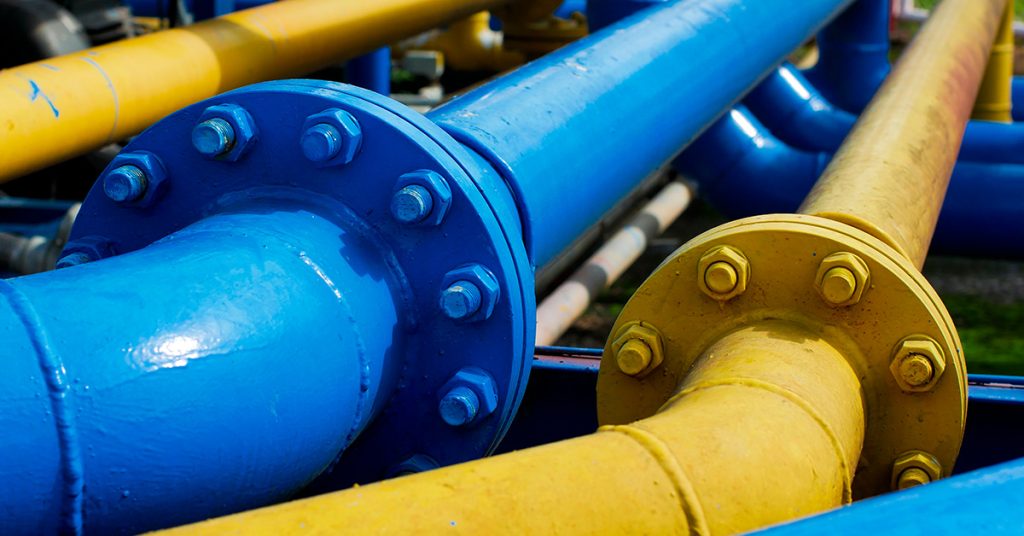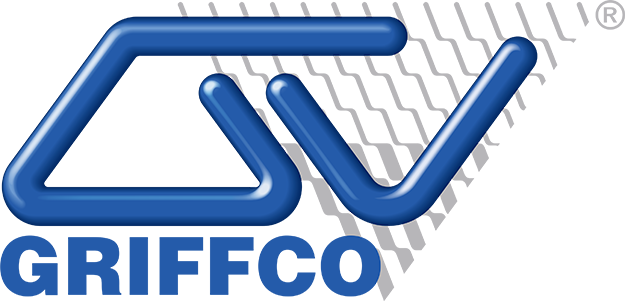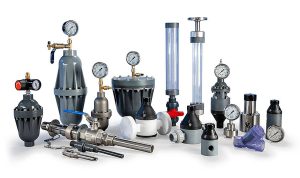Efficient fluid transfer is the backbone of operational success across countless industries, from municipal water treatment to complex chemical manufacturing. It’s not merely about moving a liquid or gas from point A to point B; it’s about doing so with minimal energy loss, maximum throughput, and unwavering reliability. At Griffco Valve, we understand that optimizing every aspect of your fluid handling system is key to achieving superior transfer efficiency. By focusing on critical components and intelligent system design, you can significantly enhance performance, reduce operational costs, and boost overall productivity.

The Impact of Suboptimal Transfer
When fluid transfer systems operate below their optimal efficiency, the consequences can quickly escalate. You might experience increased energy consumption due to pumps working harder, leading to higher utility bills. Inaccurate dosing can result in wasted chemicals or compromised product quality. Pressure fluctuations can cause wear and tear on equipment, leading to more frequent maintenance and costly downtime. Ultimately, inefficient fluid transfer impacts your bottom line, productivity, and can even compromise safety. Identifying and addressing the factors that hinder efficiency is crucial for any forward-thinking operation.
Key Strategies for Enhancing Fluid Transfer Efficiency
Achieving peak transfer efficiency involves a holistic approach, considering everything from system design to component selection and ongoing maintenance.
1. Optimize Pump Performance and Selection: The pump is the heart of any fluid transfer system, and its efficiency directly influences overall system performance. Ensure your pump is correctly sized for the required flow rate and head pressure. An oversized pump wastes energy, while an undersized one struggles to meet demand. Regular pump maintenance, including checking impellers and seals, prevents efficiency drops due to wear. Properly configured pumps are fundamental to improving transfer efficiency.
2. Minimize Pressure Drops and Friction Loss: Friction within pipelines and components is a primary cause of energy loss. Design piping systems with the shortest possible runs, minimize bends, and select appropriate pipe diameters to reduce fluid velocity and turbulence. Use smooth-bore hoses and pipes where possible. Every unnecessary bend or restriction contributes to pressure loss, directly impacting transfer efficiency.
3. Ensure Stable System Pressure with Back Pressure Valves: Metering pumps and other precision dosing equipment rely on a stable discharge pressure for accurate operation. Fluctuations in downstream pressure can lead to inaccurate chemical injection, wasting valuable chemicals and compromising product quality. Installing a Back Pressure Valve maintains a consistent, steady pressure on the discharge side of your pump, optimizing its performance and ensuring precise dosing. This direct control over pressure is vital for achieving consistent transfer efficiency, especially in sensitive applications.
4. Smooth Out Pulsating Flows with Pulsation Dampeners: Many positive displacement pumps, such as diaphragm or peristaltic pumps, create pulsating flows. These pulsations cause hydraulic shock, leading to vibrations, increased wear on pipes and fittings, and inaccurate flow measurement. Pulsation Dampeners / Inlet Stabilizers absorb these pressure spikes and valleys, transforming the pulsating flow into a smooth, continuous stream. This not only protects downstream equipment but also significantly improves measurement accuracy and enhances overall transfer efficiency by providing a stable flow profile.
5. Protect Against Over-Pressurization with Pressure Relief Valves: While designed for safety, Pressure Relief Valves also play a role in maintaining system efficiency by preventing damage from pressure surges. An uncontrolled pressure event can lead to equipment failure and extensive downtime, severely impacting transfer efficiency. Additionally, by acting as a critical safeguard, these valves ensure that the system operates within safe parameters, protecting other components and preserving continuous operation.
6. Calibrate for Accuracy: For applications requiring precise chemical dosing, ensuring the accuracy of your metering pump is paramount. Calibration Columns provide a simple and reliable method to verify the flow rate of your pumps. Furthermore, regularly calibrating your pumps ensures that you are injecting the exact amount of chemical needed, preventing waste and optimizing process performance. Accurate dosing directly contributes to the overall transfer efficiency of your chemical feed system.
7. Proactive Maintenance and Monitoring: Regularly inspect all components for wear, leaks, or blockages. Worn pump impellers, leaking seals, or clogged strainers drastically reduce transfer efficiency. Implement a preventative maintenance schedule to address these issues before they escalate into major problems. Monitoring flow rates, pressures, and energy consumption allows you to detect deviations and take corrective action promptly.
Partner with Griffco Valve for Enhanced Transfer Efficiency
At Griffco Valve, we design and manufacture high-quality, “Made in the USA” components specifically engineered to optimize the performance and transfer efficiency of your fluid handling systems. Our Back Pressure Valves, Pulsation Dampeners, Pressure Relief Valves, and Calibration Columns are critical tools in creating reliable, precise, and energy-efficient operations. Finally, we are committed to helping you overcome fluid transfer challenges by providing solutions that lead to significant operational improvements. Partner with us to unlock the full potential of your fluid handling infrastructure, ensuring consistent performance and measurable cost savings.

